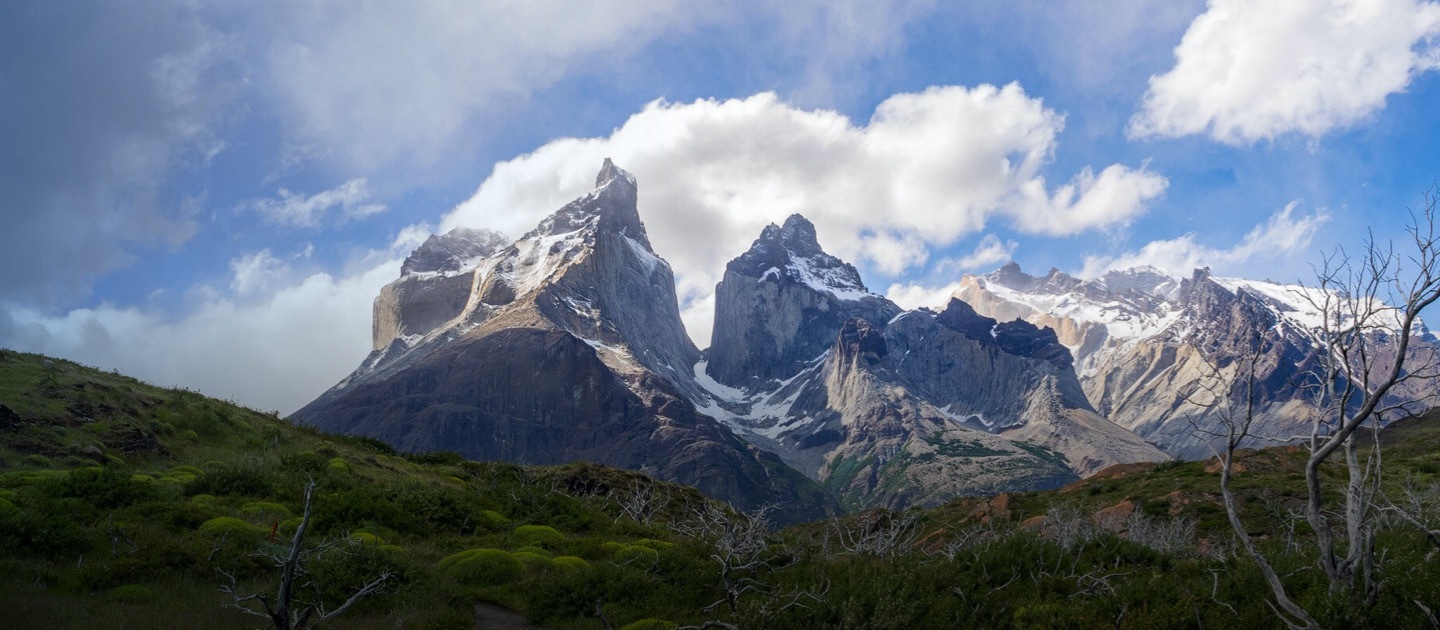
Why is Chile uniquely beautiful, and how can we keep it that way?
The geography of Chile, a long and narrow strip of land, gives rise to diverse climates and terrains, resulting in a wide variety of ecosystems and a rich biodiversity of flora, fauna, and fungi unique to this region, contributing to the country's distinctive identity. The following is a conversation with Patricio Pliscoff, professor at the Institute of Geography and the School of Biological Sciences, about the unique characteristics of the country and the need to take care of its natural heritage.
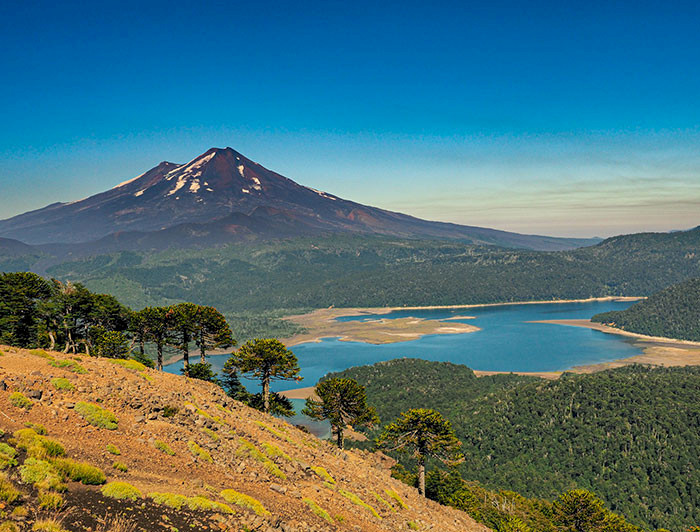
photo_camera Its diversity and unique character are the main characteristics of Chile's natural heritage, according to Professor Patricio Pliscoff, specialist in biogeography. (Photo credit: Conguillío National Park/Nicole Saffie)
Probably, the first thing that comes to mind when Chileans think of their national identity is cueca (the national dance) and empanadas. However, Chile's most distinctive feature is its unique geography, namely the uniqueness of its territory and biodiversity—the essence of its natural heritage.
The term "natural heritage" refers to the natural elements and resources, ranging from biological wealth to geological diversity, with significant environmental, scenic, scientific, and cultural value (see the UNESCO definition at the end of this article).
To protect this heritage, Chile created the National System of State Wildlife Areas (SNASPE, as per Spanish acronym), run by CONAF (as per Spanish acronym) which is responsible for preserving the environmental heritage, guaranteeing the preservation of nature, and ensuring biological diversity. It currently covers an area of 18,620,139.08 hectares, which includes 106 State Protected Wildlife Areas: 42 National Parks, 46 National Reserves, and 18 Natural Monuments distributed throughout Chile.
In these areas, you can find species of fauna and flora that are also part of our natural heritage. These organisms have adapted to their environments and are protected, as many face the looming threat of extinction.
Examples of protected fauna include the alpaca, Andean cat, chinchilla, vizcacha, puma, condor, pudú, and huemul, among many others. Among the protected flora species are the cactus, carob tree, lingue, Chilean palm, larch, copihue, and araucaria.
In 1974, UNESCO introduced the concept of Biosphere Reserves, which are "areas of terrestrial, coastal, and marine ecosystems or a combination thereof," created as "learning places for sustainable development." The aim is to protect unique ecosystems in each region. Chile currently has ten biosphere reserves:
- Lauca Biosphere Reserve
- Fray Jorge Biosphere Reserve
- La Campana - Peñuelas Biosphere Reserve
- Archipiélago de Juan Fernández Biosphere Reserve
- Corredor Biológico Nevados de Chillán - Laguna de Laja Biosphere Reserve
- Araucarias Biosphere Reserve
- Bosques Templados Lluviosos de Los Andes Australes Biosphere Reserve
- Laguna San Rafael Biosphere Reserve
- Torres del Paine Biosphere Reserve
- Cabo de Hornos Biosphere Reserve
To learn more about this topic, please take a look at the book Biosphere: Reserves in Chile, written by Andrés Moreira-Munoz and Axel Borsdorf and published by the UC Institute of Geography (2014)
A Unique Heritage
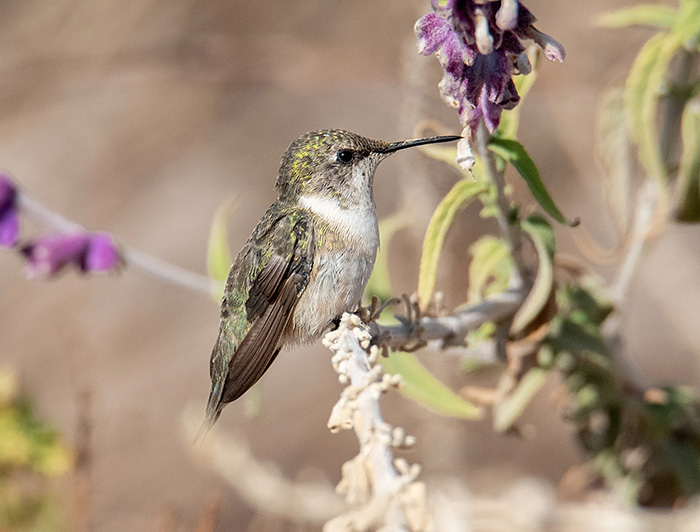
To learn a little more about Chile's natural heritage, its most distinctive features, and possible protection measures, we interviewed Patricio Pliscoff, a geographer from UC Chile, master in Evolutionary Ecology from the Universidad de Chile and Ph.D. in Biological Sciences from the University of Lausanne, Switzerland. He is currently a professor at the Institute of Geography and the Department of Ecology of the UC Faculty of Biological Sciences. He has focused his research on biogeography and biological conservation.
· In general terms, what features of Chile's natural heritage would you highlight?
The main features of Chile's heritage are its diversity and uniqueness. Its diversity stems from the large extension of the country, which ranges from hot and dry climates in the north to cold and rainy in the south. In addition, the Andes and the Coastal Range create many reliefs that give way to different types of ecosystems in small areas.
Its unique character is given by Chile's status as a "biogeographic island," which means that it is naturally isolated by the Atacama Desert in the north and by the Andes Mountains, which act as a natural barrier. This means that many species of flora, fauna, and fungi are only found in Chile and nowhere else on the planet. This is known as "endemism."
· What are Chile's main or most distinctive ecosystems in terms of biodiversity?
The main ecosystems of Chile, from north to south, are: the desert and altiplano in the north; the scrub and sclerophyllous forest (evergreen trees that are adapted to long periods of drought and heat) in the center-north and center; the matorral in the center; and the deciduous forests (which generally shed their leaves in autumn) and evergreen forests in the center-south and south. Finally, in Patagonia, we find peatlands (a type of wetland) on the islands and the Patagonian steppe, towards the border with Argentina and in Tierra del Fuego.
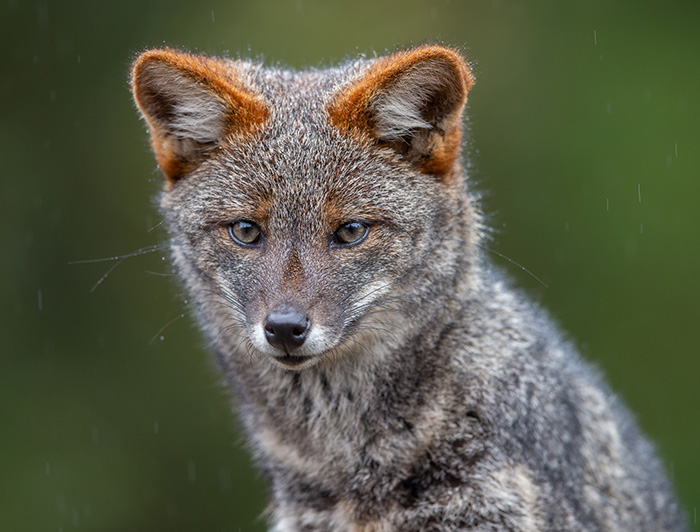
· What species of endemic flora and fauna stand out in these ecosystems?
In the north, the Arica Hummingbird is a species that lives only in some ravines in the Arica and Parinacota region, which was in danger of disappearing but has recovered in recent years thanks to conservation efforts. In the central area, the tree species that dominate the sclerophyllous forest, such as the Quillay, Peumo, and Boldo, stand out.
Finally, in the south, Darwin's fox is one of the smallest fox species in the world. The use of camera traps has shattered the prior belief that this species was confined solely to Chiloé Island and the Nahuelbuta mountain range. Instead, a broader distribution has been revealed, extending into the forests of the Los Ríos and Los Lagos regions.
· In what ways would you say these ecosystems have shaped or influenced the communities that inhabit them?
Ecosystems define the character, social relations, and culture of their communities. The climatic extremes across the country play a defining role in shaping communities and their adaptive behaviors. For instance, some are accustomed to basking in year-round sunshine in the desert. In contrast, others have learned to thrive amidst the near-constant rain in the southern forests and peatlands.
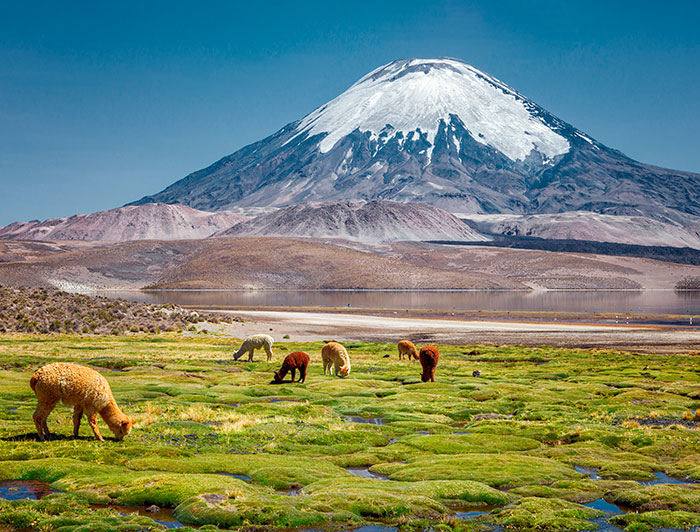
Heritage Under Threat
· What are the main threats to Chile's natural heritage due to climate change and human activity?
The main threat to the natural heritage is the loss and fragmentation of ecosystems due to economic activities. This has been happening mainly in the central part of the country, where forestry activities are replacing natural areas, and in the coastal ecosystems of the central area due to the development of real estate projects.
Climate change adds new problems that combine with known threats. For example, species seek cooler and wetter conditions, leading to movements further south and to higher altitudes, in the case of Chile. This will change the composition of our ecosystems and is already posing new challenges for conservation and protection, which will have to adapt to the more dynamic conditions of the territories.
· How can Chile's natural areas and endangered species be preserved and protected?
The primary tool for conservation is protected areas. Currently, 22% of terrestrial and 43% of marine areas are protected in Chile. The global protection goal for countries is currently 30%, so there are still terrestrial ecosystems to protect, especially in the central and northern areas. This should be the country's first conservation priority, adding new protection areas in places where only some ecosystems are represented.
In addition to creating new areas, the greatest challenge is to improve the management and administration of terrestrial and marine protected areas to provide a sufficient number of park rangers and funding for their maintenance. This last point is key: the financing of conservation efforts.
We urgently need new economic measures to enhance the efforts undertaken by the Chilean government in conserving and safeguarding our natural heritage. The recent creation of the Biodiversity and Protected Areas Service (SBAP as per Spanish acronym) is a step in the right direction and, when operational, will improve the management of protected areas and biodiversity protection throughout the country.
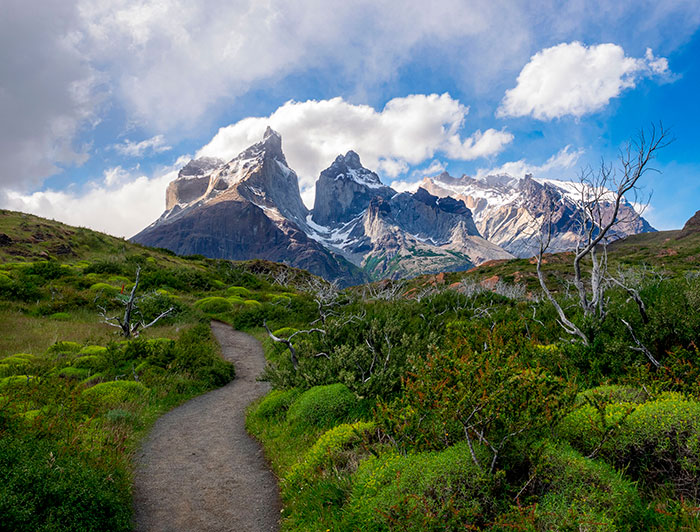
· What advice would you give people to contribute to the conservation of ecosystems?
The main advice is to learn more about our natural heritage. There are currently many ways, for example, through social media, to get information and learn more about our natural heritage. In this way, people become more educated, and their interest in protecting our natural heritage increases. In addition, to all those who have the chance to visit our protected areas, we encourage them to explore and discover that experiencing our diverse and one-of-a-kind ecosystems doesn't require venturing to the country's remote corners.
According to the Convention Concerning the Protection of the World Cultural and Natural Heritage (UNESCO, 1972), "natural heritage" shall be considered as:
- Natural features consisting of physical and biological formations or groups of such formations, which are of outstanding universal value from the aesthetic or scientific point of view.
- Geological and physiographical formations and precisely delineated areas that constitute the habitat of threatened species of animals and plants of outstanding universal value from the point of view of science or aesthetics.
- Natural sites or precisely delineated natural areas of outstanding universal value from the point of view of science, conservation, or natural beauty.
An initiative that seeks to save Chile's natural heritage is the biological collection that now bears the name of its founder and Faculty of Biological Sciences member, Patricio Sánchez Reyes. Throughout its over 60-year history, the collection has amassed over 12,000 specimens, showcasing native flora and fauna from Chile, and various other regions worldwide.
It is estimated that 24 species a day become extinct worldwide, which is about 8,700 species per year (Millennium Ecosystem Assessment, 2005). Given the loss of biodiversity, inventorying the number of species of animals, plants, fungi, and microorganisms is not only essential but monumental.
This is precisely what the Patricio Sánchez Collection is doing, identifying the species, recording their physical description, storing and conserving them. Its objective is to support scientific research in the areas of ecology and evolution, as well as teaching activities. The work done with this collection has served as the basis for hundreds of theses and research articles. Thanks to these efforts, at least ten previously unidentified species have been unearthed and correctly classified within our country.


